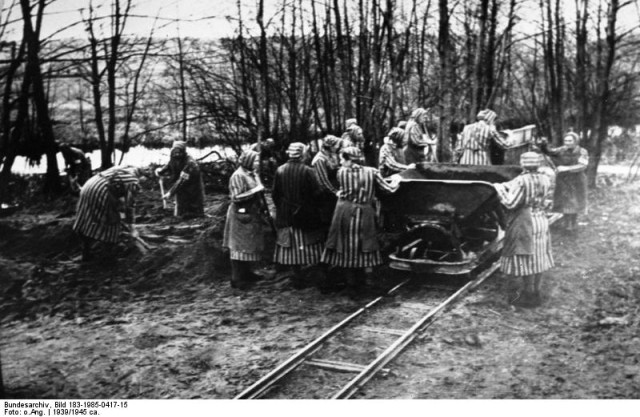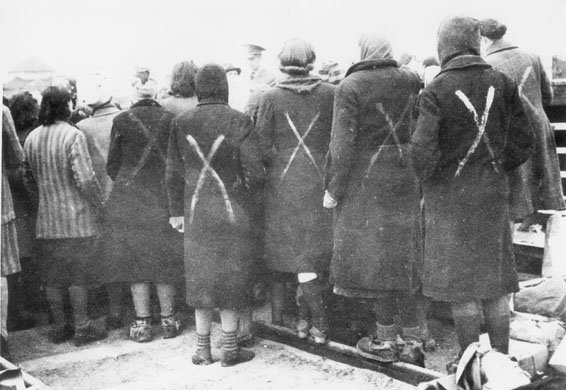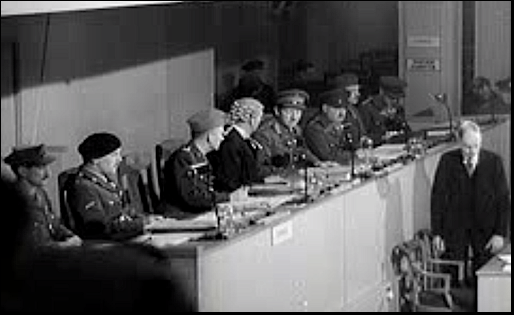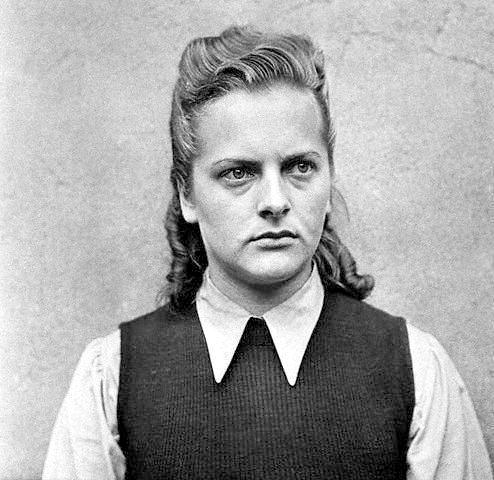Ravensbrück was the only concentration camp built by the Nazis specifically for women. Located 50 miles north of Berlin, it opened four months before the start of World War II, in May of 1939. It was liberated by the Russians in 1945.
During that time, over 130,000 were sent there. At its busiest, there were 45,000 women living there. The estimates of the death toll range from 30,000 to 90,000.
Little is known about this camp because the Nazis burned most of the prisoners’ files and then threw in a nearby lake days before liberation.
If Auschwitz was the Nazi center of crimes against Jews, Ravensbrück was their center of crimes against women.
That’s the argument British author Sarah Helm makes in her book If This Is a Woman – Inside Ravensbrück: Hitler’s Concentration Camp for Women. In it, she rescues Ravensbrück from obscurity with intensive research and interviews.

Ironically, when people finally began discussing the Holocaust in the 1960s, the scale of the extermination of Jews and the crimes against them ensured that the crimes against other, non-Jewish groups were sidelined and treated as secondary.
Additionally, most historians have been male, so an all-female camp did not get their attention.
Not until the 1990s did female historians begin to research Ravensbrück. Before that, women from there rarely even received a paragraph in histories.
“These women were sent off to gas chambers and were of no real interest to historians,” says Helm.
One interesting facet of Ravensbrück is the way it evolved from a camp for political prisoners to the cruelest of the Nazi death camps.
“In the beginning, Ravensbrück was very small,” says Helm. “It consisted largely of German women, who were deemed to be immoral or political prisoners. Basically, anyone who openly opposed Hitler.”

In the early stages, most of the women in Ravensbrück were Jewish, but it appears that this was due to their political beliefs and not their religious beliefs.
By October 1944, Ravensbrück was overcrowded. As the Russians were liberating camps in the east, the prisoners were being moved to the westward, back to Germany. The Allies had destroyed many train lines, making the evacuation of prisoners difficult. Still, Hitler insisted that every Jew be moved out of Hungary before the Russians arrived.
Overcrowding meant that the execution of Jews became less of an ideological process and more of a logistical solution to overcrowding. It was then that a gas chamber was erected in the camp.
In her book Helm writes: “Adolf Hitler showed little interest in the concentration camps, but they lay at the center of Himmler’s empire; whatever went on behind their walls was signed off by his pen.”
Himmler was not the only author of the Final Solution, but he did oversee setting up concentration camps out east.
“Himmler was also behind the original idea of setting up the women’s camps too,” Helm insists.

“Many of the camps were [purposely] located in places of great natural beauty,” says Helm.
“Ravensbrück, for example, was located beside a lake. Other camps were similarly located in beautiful wooded areas. Himmler had read the literature on these historic sites. His idea was that nature would purify the German genes and that the SS, and the Germans, would grow up pure and strong, like the trees in the woods.”
“Himmler believed that the blood would be pure if the seed was planted near these very pure sites of nature,” adds Helm.
Helm uses the epilogue of her book to discuss why those in authority over Ravensbrück were never brought to justice for their crimes. The reasons are complicated but one thing is true: by 1948, the Allies became more interested in the Cold War than in punishing Nazis.
In 1949, the responsibility for trying Nazi leaders was turned over to German courts, which were led by people who likely were Nazis themselves a few years earlier.

Also let off the hook were the German industrialists. Siemens, in particular, ran a factory near Ravensbrück, using prisoners as employees. They have never been called to account for their knowledge of war crimes.
“It’s unbelievable that Siemens is unable to come out in the open and confront the crimes it was deeply complicit in,” says Helm.
Also, female guards at Ravensbrück rarely go on trial. “The system did not want to confront this subject,” Says Helm. “So very few of the guards from Ravensbrück were ever confronted or held to account for their actions.”